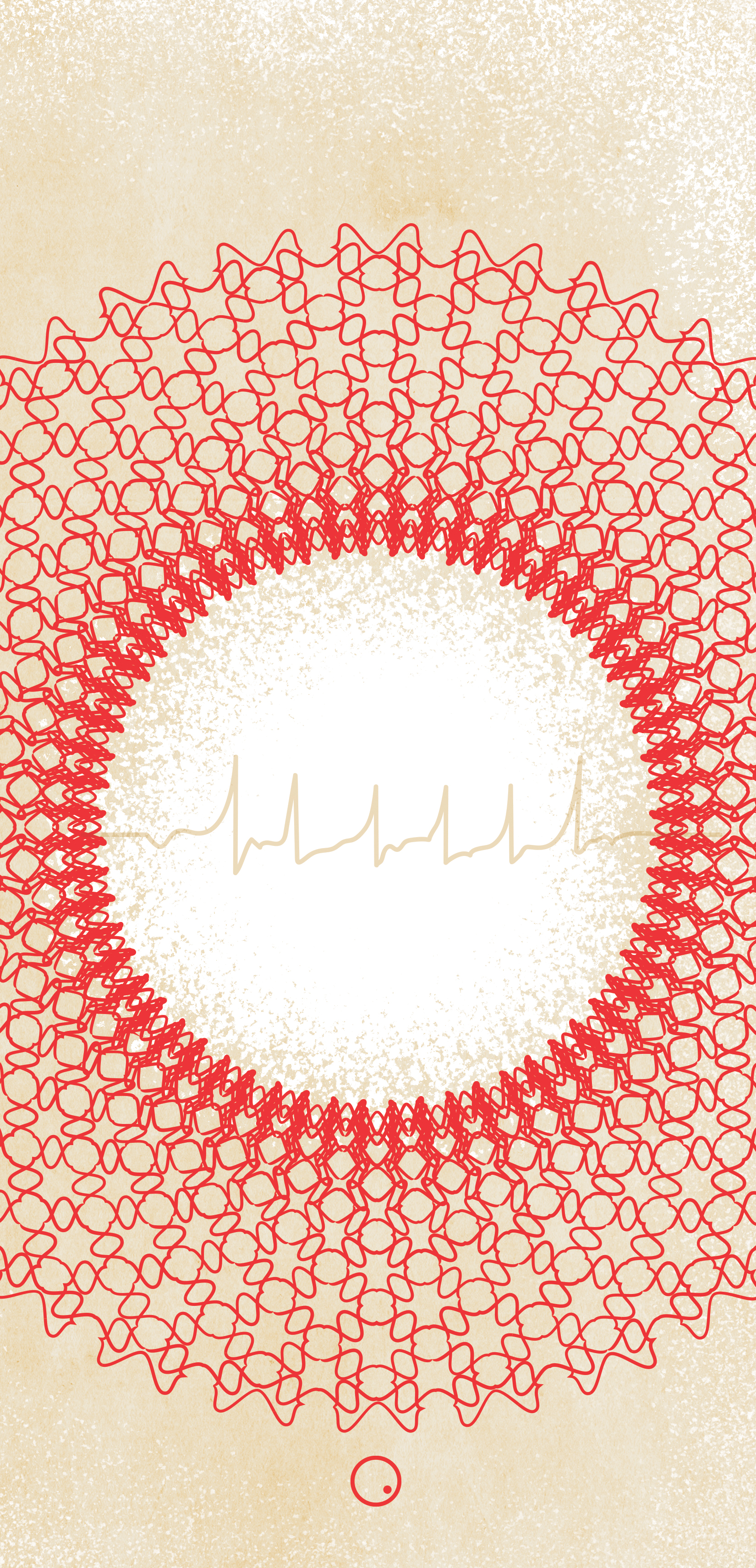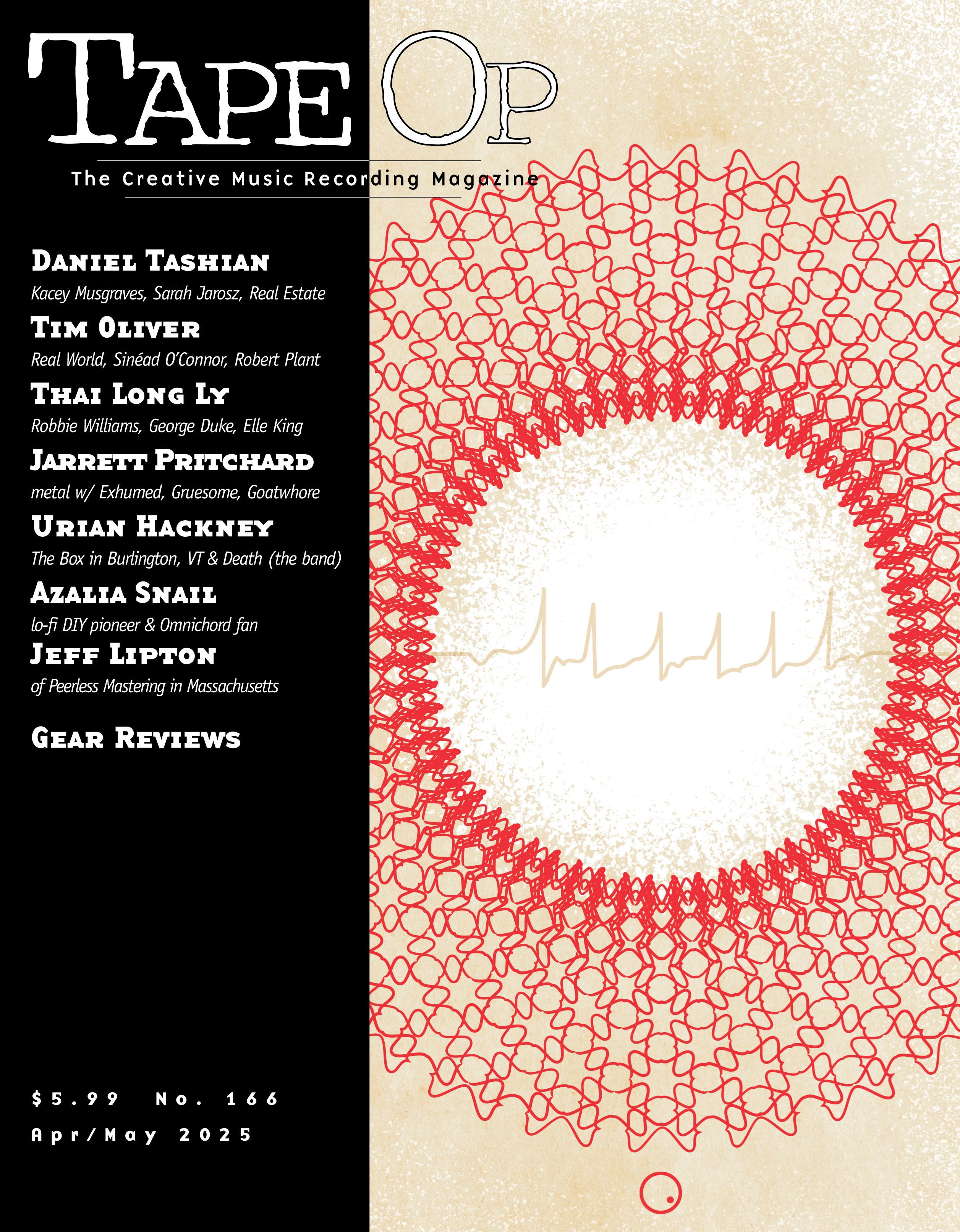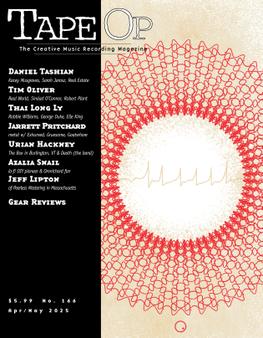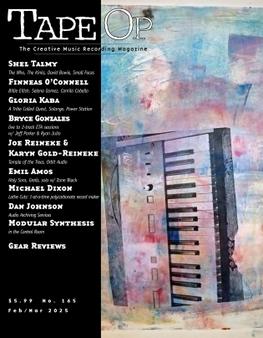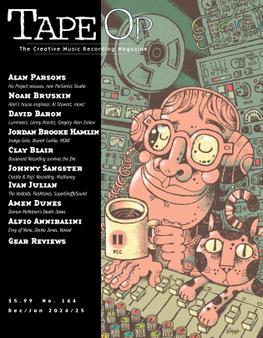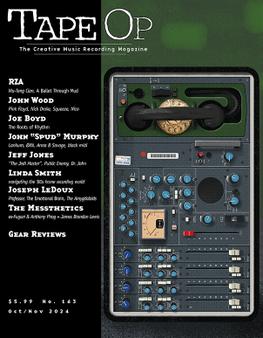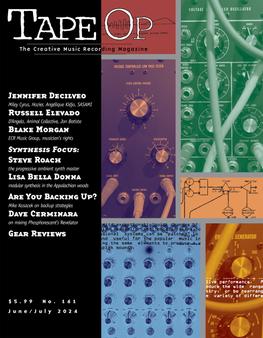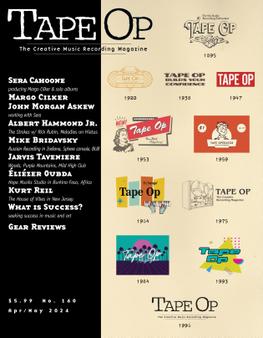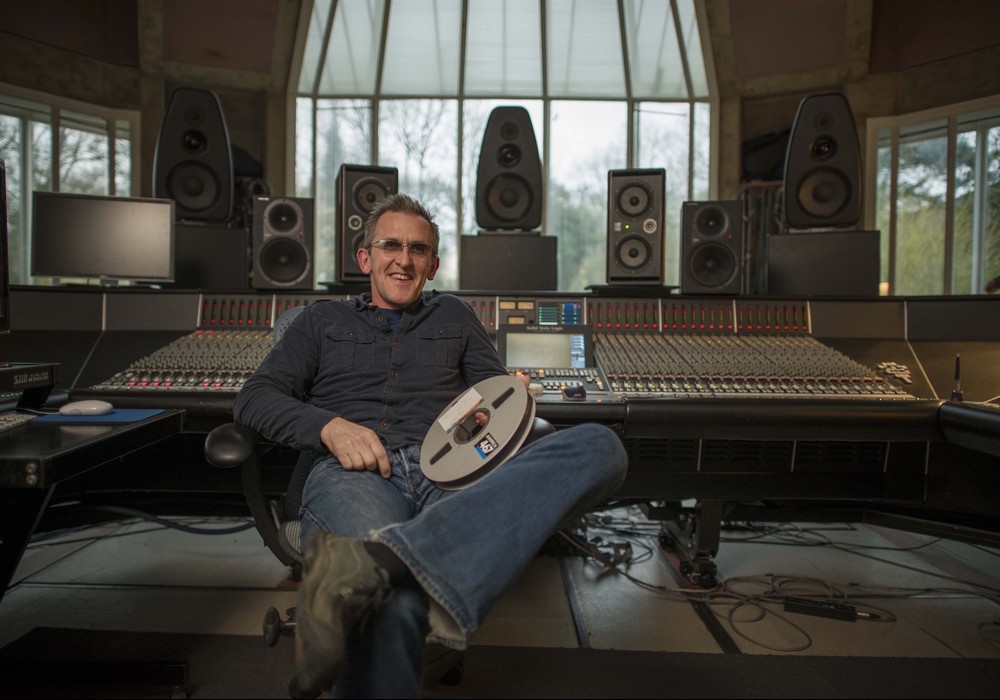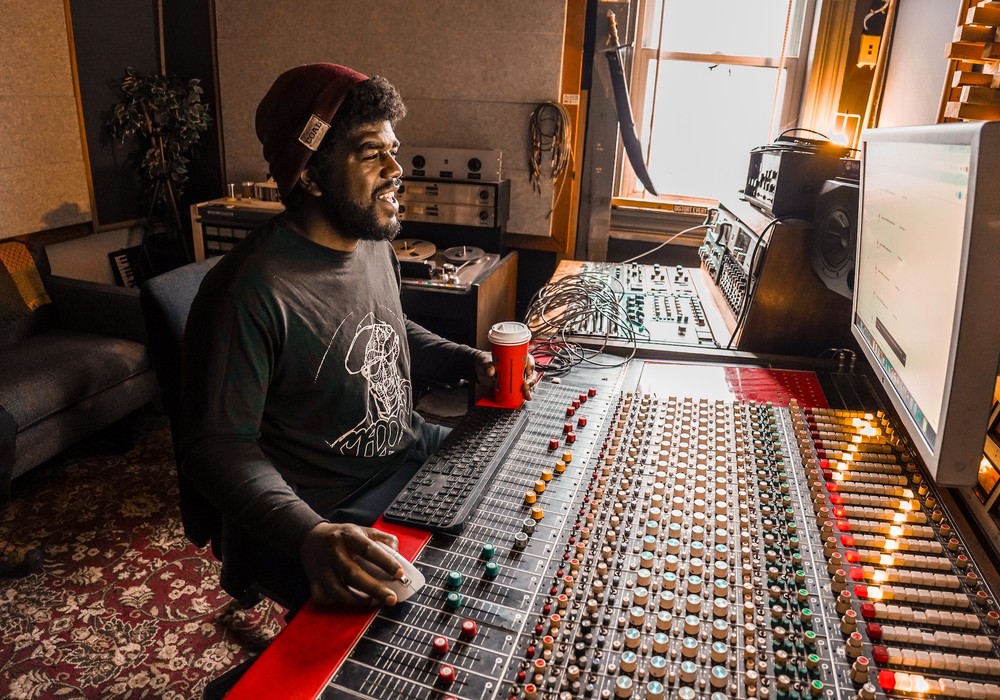Mar/Apr 2025
Welcome to issue #166 of Tape Op.
Recently, I randomly stumbled across a social media post advising people on how microphones work. It claimed that the closer the mic was to the source, the more accurate the sound would be. Despite the poster's seemingly authoritative tone, this type of information presents only a very simplistic tidbit of the actual knowledge of what one needs to know when choosing and placing microphones.
Where does the sound originate from? Is this the type of mic (cardioid or figure-eight) that builds up proximity effect? Is there a brighter or duller part of the instrument or amp that you need to consider? Do you need room ambience in the sound for it to work better? I considered posting a rebuttal, but soon decided against getting involved in one of those pointless internet conflict scenarios.
I've spent the last 30 years unlearning many "rules" I read long ago about mic usage in didactic books and articles. Put up a mic, listen, determine if it works for what's needed, and adjust accordingly. Then do it again on the next source. Next time, try different mics and think about how the sounds work together in new ways. This is how we learn. So ignore these often clueless "advice givers" of social media and teach yourself. Carve your own path!
